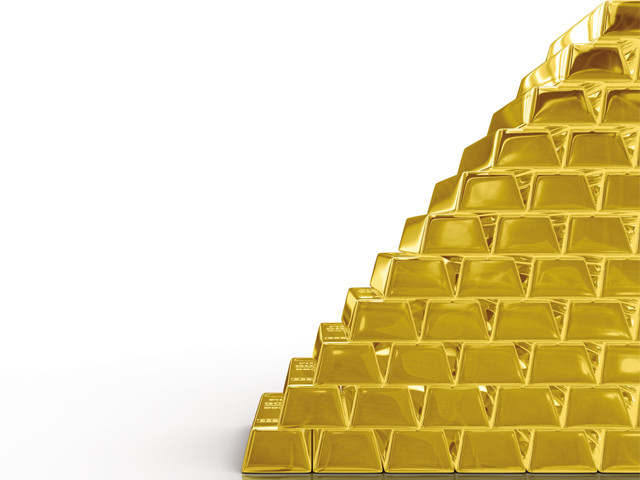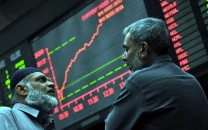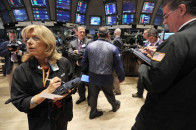The real demand for gold
Steadily rising prices have only added to the allure.

In more recent times, however, investment demand has driven up prices of the precious metal, starting from 9/11 right up to the current global recession.
Investment demand
Since the global recession started in late 2007, investment-related demand for gold has more than doubled. On November 5 this year, prices recently touched a new all time high of $1,397 (per ounce).
This investment demand is driven by legitimate concerns about global financial uncertainty. At a time when it is no longer safe to park money in real estate, stock markets or currencies, investors have turned to what seems as the safest option.
In the past gold has been used as a hedge against inflation since its price is largely dependent on the global economic climate rather than local economic conditions. In present times, however, with the global economy under duress, gold is being used as a hedge against currency devaluation, primarily the US dollar.
The steadily rising price of gold has only added to the allure.
Hoarding
In October 2008, Indian post offices throughout the country began selling gold coins. While the total sales to date are only a fraction of the overall demand for the metal in India, the idea sends a strong message: the Indian government would like to see the country’s population put money in the commodity.
Similarly, China has also been running television campaigns to encourage investments in gold and silver and has started issuing its own silver bars. The government has also reduced its dollar reserves, replacing them with gold.
Real demand
While gold serves as a great hedge, the demand has been fairly speculative. Jewellery and industrial demand for gold has nearly halved over the past three years owing largely to rising prices on account of massive speculation.
Falling incomes and the general recession have also driven down the demand for jewellery. This may indicate that the rise in prices is not being driven by real demand but instead by fear and greed. One thing the recent recession has made abundantly clear is that speculative demand is not sustainable in the long-term. The key question, then, is: how much of the demand for gold is speculative and how high can it go? Perhaps that is a question best left for the speculators to answer.
The writer is heading Online Strategy and Development at Express Media.
Published in The Express Tribune, November 8th, 2010.



















COMMENTS
Comments are moderated and generally will be posted if they are on-topic and not abusive.
For more information, please see our Comments FAQ